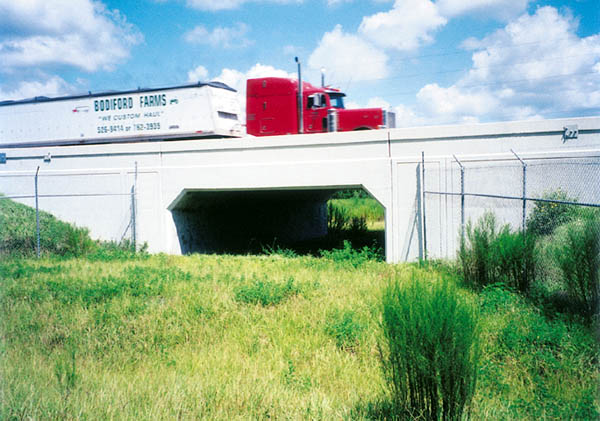
Anyone who has crossed a busy road in a metropolis without well-regulated traffic, in say Mumbai, India, can understand the plight of a deer trying to cross a two-lane highway, in rural United States. Evolution has not prepared deer for encounters with automobiles.
Over one million crashes between vehicles and large mammals, like deer, occur annually in the U.S alone, with wildlife often ending up as roadkill. Roads, and fast-moving vehicles, give humans mobility. Ironically, for thousands of wildlife species worldwide, ranging from butterflies to elephants, the same pathways act as barriers to movement, and cut off some animals from their seasonal migration routes.
In Crossings, Ben Goldfarb, an environmentalist journalist, takes us on an eye-opening road trip that spans continents to show how paved roads, seen as markers of civilization, disrupt the natural world. Mostly, he travels with researchers in road ecology, a relatively new discipline which studies “how life change(s) for plants and animals with a road and traffic nearby.”
If roads are a disease, the author suggests that wildlife crossings – a network of tunnels, overpasses, and bridge-like structures that allow animals safe passage – could be the treatment. For instance, while underpasses helped cut down elk fatalities on the expanded Trans-Canada highway in the Banff National Park, cutting-edge overpasses were found to serve grizzly bears much better.
The practice of road ecology, the author emphasizes, is a moral mandate. Whether it is saving species from extinction or rescuing more common ones, animal lovers have their work cut out. Roadkill, the author suggests, can be managed better to serve ecology.
Deer, the most common roadkill, serves scavenging birds, coyotes, and even humans. But consider the plight of the Golden Eagle of the American West, which when “weighed down by a bellyful of venison takes about as long as a 747 to achieve liftoff,” and risks becoming roadkill itself. A service that drags deer carrion, some distance away from the road, will help the eagles finish their repast in peace, the author writes.
Even the bustle of traffic can ravage wildlife that relies on keen hearing for survival. A study revealed that sound recordings of traffic, from the Glacier National Park’s iconic Go-to-the-Sun-Road, played at a well-known pitstop for migrating birds in Idaho, kept some bird species away from that area. Songbirds that ventured into the noisy “phantom road,” had to expend energy to watch out for predating hawks. These songbirds starved because they were too drained to forage.
Road ecology has yielded many other insights to the effect that “roads warp earth in every way and at every scale.” But new highways will soon be emerging. Projections say that two billion motorized vehicles, including self-driving cars, will hit the roads by 2030 – twice as many as in 2010.
So, what is to be done? In the US, there are initiatives to dismantle abandoned forest roads and to protect migratory routes of animals. In developing countries like biodiverse Brazil, new highways come outfitted with wildlife crossings; the law requires highway operators to gather roadkill data and transport injured animals to veterinary clinics.
With technology and thoughtfulness, it may be possible to mitigate the worst effects of roads. There are heartwarming small initiatives like: people in Tasmania who care for orphans of marsupial animals like wallabies, whose mothers have become roadkill, or folks who deliver moose roadkill to hungry families in Alaska.
“Individual drivers can’t make roads lie lighter on earth, any more than people swapping out light bulbs to solve climate change, writes Goldfarb wryly, making it clear it will have to be a colossal, planet-wide effort. This is a rare, beautifully written book, which tells us some truths about roads, automobiles, and life on the planet and still manages to make us feel positive about the road ahead.
